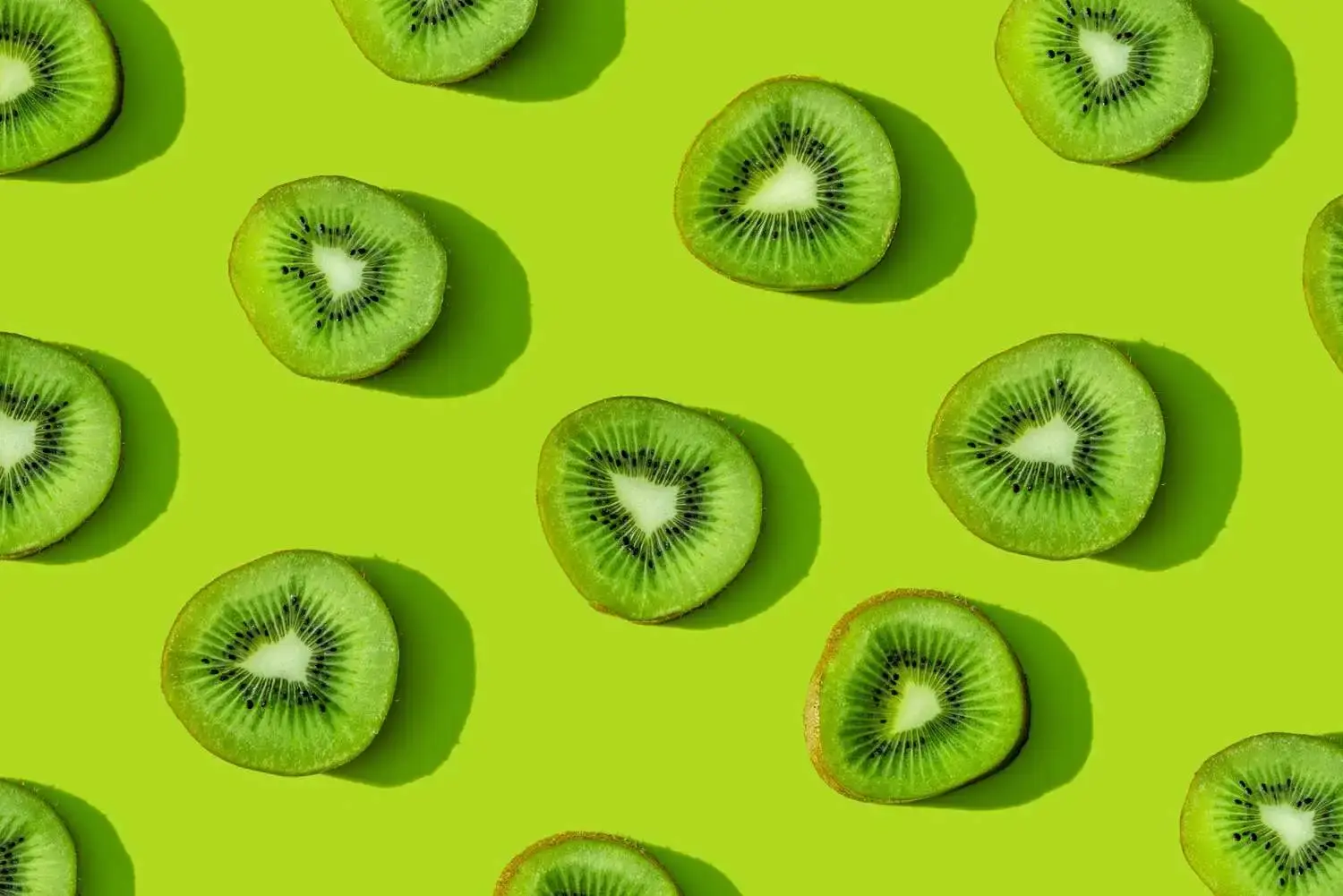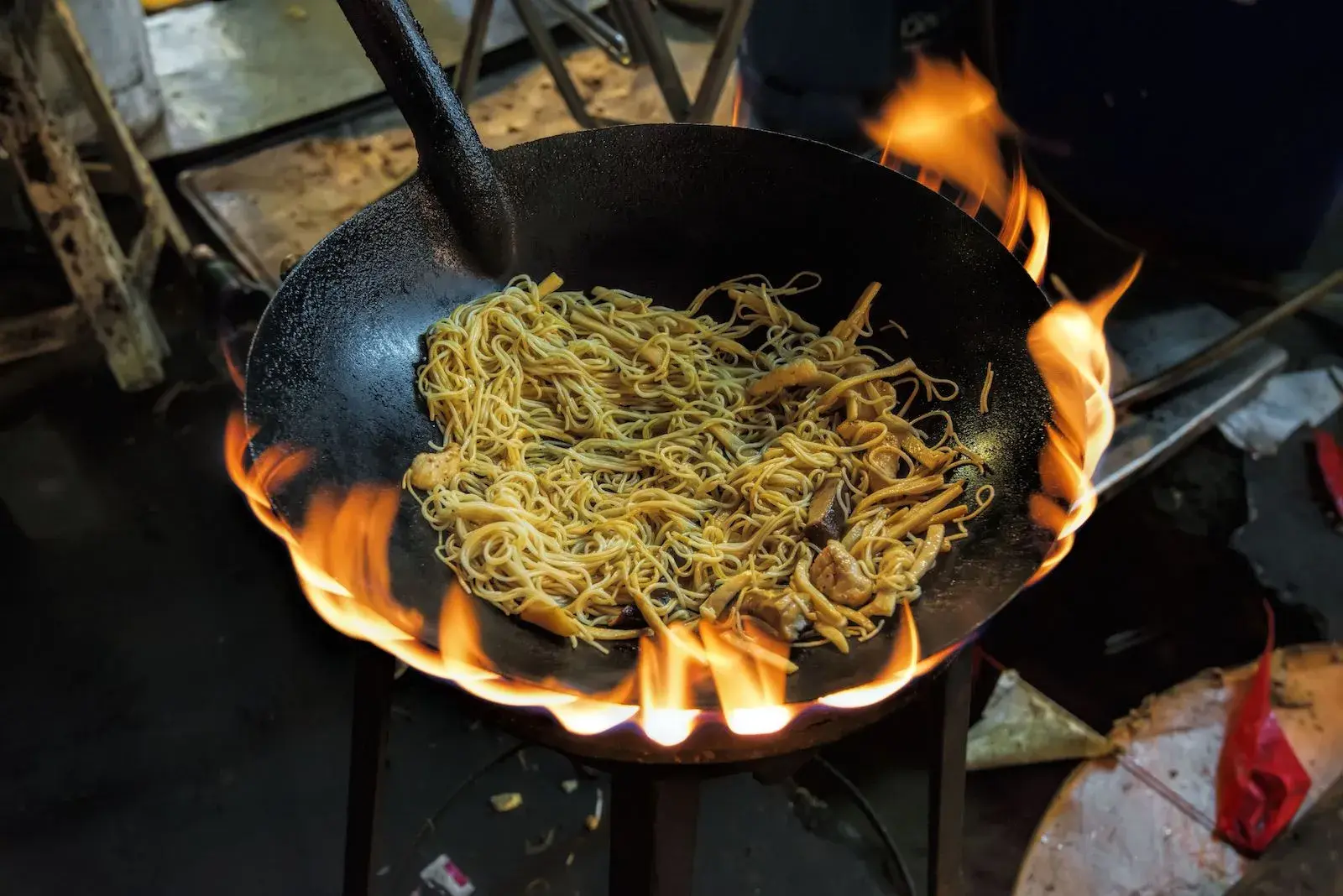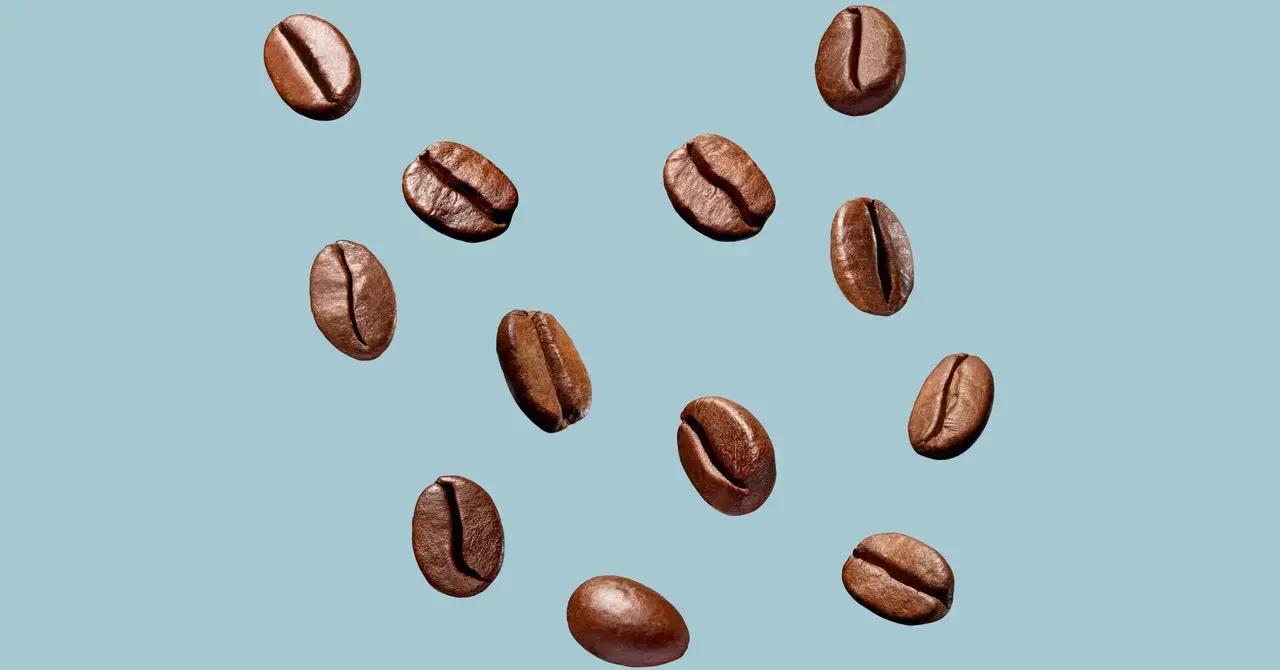Food and Cooking
So, I bought a lemon thyme plant at a shop the other day and want to learn to use it. I read some.cooking blogs and it sounds pretty easy but I'd like to know if anyone here has any idea.
Also for infused oil, does the jar used need to be full?
I'm one person and won't have a fridge for a few weeks as mine died. I can't stomach any more canned soup. Any ideas for small meals I can make with shelf stable ingredients?
- www.cambridge.org Ultra-processed foods: what they are and how to identify them | Public Health Nutrition | Cambridge Core
Ultra-processed foods: what they are and how to identify them - Volume 22 Issue 5
TL;DR
Generally, the practical way to identify if a product is ultra-processed is to check to see if its list of ingredients contains at least one item characteristic of the ultra-processed food group, which is to say, either food substances never or rarely used in kitchens, or classes of additives whose function is to make the final product palatable or more appealing (‘cosmetic additives’).
Food substances not used in kitchens appear in the beginning or in the middle of the lists of ingredients of ultra-processed foods. These include hydrolysed proteins, soya protein isolate, gluten, casein, whey protein, ‘mechanically separated meat’, fructose, high-fructose corn syrup, ‘fruit juice concentrate’, invert sugar, maltodextrin, dextrose, lactose, soluble or insoluble fibre, hydrogenated or interesterified oil; and also other sources of protein, carbohydrate or fat which are neither foods from NOVA group 1 or group 3, nor culinary ingredients from NOVA group 2. The presence in the list of ingredients of one or more of these food substances identifies a product as ultra-processed.
Cosmetic additives are at the end of lists of ingredients of ultra-processed foods, together with other additives. As said above, cosmetic additives include flavours, flavour enhancers, colours, emulsifiers, emulsifying salts, sweeteners, thickeners, and anti-foaming, bulking, carbonating, foaming, gelling and glazing agents. The presence in the list of ingredients of one or more additives that belong to these classes of additives also identifies a product as ultra-processed.
Although information in ingredients labels is not fully standardized in all countries, some of the most frequently used cosmetic additives such as flavours, flavour enhancers, colours and emulsifiers are usually easy to identify in ingredients lists. They are often expressed as a class, such as flavourings or natural flavours or artificial flavours; or their names are followed by their class, such as ‘monosodium glutamate (flavour enhancer)’, or ‘caramel colour’, or ‘soya lecithin as emulsifier’. Other cosmetic additives may be known to consumers, such as certain types of sweeteners like aspartame, cyclamate or compounds derived from stevia. In any case, the UN Codex Alimentarius provides a regularly updated list of additives with their functional classes as well as an online search facility where both names and classes of additives can be browsed.
- • 100%www.eater.com Why Does It Feel Like There’s Listeria in Everything?
We spoke to experts about what’s behind the recent listeria outbreaks and product recalls.

I am craving something bready and sloppy for dinner, but I can't think of anything that fits the bill. I could make a giant vegetable pot pie (I've done that before and they are tasty), but for whatever reason, I'm wanting bread dough instead of pie dough and I don't think that would work as well. Focaccia by itself would be too much bread without enough 'stuff'. My better half is vegetarian, so I'd like to keep it meatless (cheese is fine). We have too much tofu right now, so I'm slightly tempted to make an S&B curry stew and then baking it inside bread dough, but would that work? It'd certainly have the sort of savory I desire, but it might be too gloppy. Really, I'm looking for something more like stromboli but I can't think of anyone but Italians that bake lots of filling inside a bread wrap.
Any ideas?
- f-droid.org Open Food Facts | F-Droid - Free and Open Source Android App Repository
Look up food ingredients, allergens, nutrition facts

Just found out about this and thought I should share with all the Beeple if they didn't already know about it.
- • 100%
[Homemade] [Recipe] [Vegetarian] My wife calls it Zwatchke Wähe, I call it plum pie for dinner

Crust, mix 200g flour (I used 50/50 spelt and ap,) and 1 tsp salt, smoosh in 75g cold butter, then add 1dl ice cold water and mix until just combined. Form into disk and refrigerate at least 30 minutes. Roll out to pan size and dock with a fork. Back in fridge.
Guss, 2dl milk, 100g Greek yogurt (or quark if you can get it, cream works too), 2 eggs, 1 tsp vanilla sugar, beat until well combined.
Split and stone 1kg Zwatchke (aka prunes or Italian plums. Or really any stone fruit apricots are particularly good).
Cover the bottom of the crust with 2-3 tbsp ground nuts (I used hazelnuts,but almonds, walnuts or pecans all work,) arrange the fruit, and pour over the guss.
Cook in a preheated 425f oven for 45 - 60 minutes, until the center jiggles.
Let cool at least slightly, but it's good hot, warm, or cold.
En guete!
I'm currently wondering what to do if my favourite recipes go offline or if my mom's special traditional dish where i have the recipe in written form gets lost. Do you have a (preferably FOSS) app to store such recipes? I'm currently trying Cooky which is FOSS but is difficult to use for cooking: you can't really group cooking steps well and when cooking a recipe you can only view one step at a time unless you're editing the recipe. I like however that you can tag the dishes so it's easier to find specific stuff like vegan or spicy dishes.
- www.theguardian.com Carbonara in a can? Chefs get shirty but Heinz is unrepentant
The US manufacturer is indeed selling the spaghetti dish in a tin – like cat food, as one Italian maître put it


YouTube Video
Click to view this content.
- www.salon.com Not looking to cook in this oppressive heat? Then you'll love this 8-minute salad
This salad includes a dressing that is "a magical elixir able to harmonize every conceivable combination"

This isn't a new idea, but if you haven't tried doing something like this, I do agree with the author that it is a lovely summer/fall treat -- and the local peaches I'm getting are perfect with a strong cheese. Personally, I add a large shot of tarragon to dressings like the one given.
Italicized items in the below are my comments and not from the article.
> So, the magic formula is this: Choose two seasonal fruits, a cheese (feta, blue or goat cheese) and a nut (walnuts, sliced almonds or pecans). These are the changeable elements. The other ingredients stay the same as does the dressing, which let me say is an exquisitely balanced vinaigrette made with apple cider vinegar, raw honey and extra-virgin olive oil - a veritable health-giving trifecta on its own. The dressing makes the salad.
Ingredients:
- 2 bunches or 2 regular clamshells mixed greens (a partial head of red leaf lettuce and baby spinach also works fine)
- 1/2 cup chopped walnuts or sliced almonds, toasted
- “2 fruits” sliced thinly (one type of fruit would also be fine)
- 1/4 red onion, peeled, sliced paper thin (I need more onion than that!)
- 1/3 cup crumbled feta, goat or blue cheese (this list can be widened to any strong cheese, like limburger. manchego, or even a sharp provolone either common or boutique -- but not a mild cheese like typical grocery store cheddar or brie ... though an Epoisses de Bourgogne would work)
- Salt & Pepper
- (I might add thin sliced radishes and/or julienned carrots for color/variety)
Dressing:
- 1/4 cup apple cider vinegar (I'm tired of cider vinegar and often use rice wine, champagne, or other vinegars)
- 1/4 cup honey
- 1 tablespoons Dijon mustard
- 1 shallot, peeled
- 1 clove garlic, peeled
- 1/2 cup extra virgin olive oil
- ( I add tarragon, but any one of several other herbs would also be nice)
- • 100%www.washingtonpost.com Paul Hollywood is right: Don’t refrigerate bread
The “Great British Baking Show” judge told TikTok viewers that you shouldn’t store bread in the refrigerator. Despite some backlash, he’s right.
> Hollywood is not wrong that moisture loss is bad for bread, it’s not the primary reason to avoid refrigerating bread. The science: Refrigeration speeds up the starches’ return to a more organized crystalline structure (also known as retrogradation), which means it hardens (i.e. stales) far faster.
> Unrefrigerated bread does typically get moldy faster. The trade-off is longevity over texture, and many consumers are more concerned with stretching their bread (and their metaphorical bread) as far as possible, especially these days.
> To which we say, fair. And also: freeze! Becky wrote a helpful guide to storing bread in that other section of your favorite appliance. She says the freezer “serves as a kind of pause button, meaning fresh bread you move into cold storage can come out almost as good as the day you put it in.”
Serious Eats also covered the issue to the same conclusion a while ago: https://www.seriouseats.com/does-refrigeration-really-ruin-bread
- www.realsimple.com Clean Eating Guide: The 35 Healthiest Foods to Keep in Your Kitchen
Want to eat cleaner? This list of the healthiest foods out there is the perfect reference for finding snacks, meals, and desserts that taste good and are good for you.

Eggs, Salmon, Chicken Breast and Edamame are some of my favorites on the list.
I recently went to Boston and had crab cakes at several different restaurants and they were delicious. Don't @ me, Maryland, but they were better than anything I've had in the Baltimore and DC area. For one, The "crab" was very forward rather than the "cake" part. Like good crab meat with enough "cake" to make it hold in a patty form, and some fresh greens.
Any recipes for more Boston-style crab cakes?
Rice crispies and marshmallows were on sale, but I want to fancy them up a bit.
- https:// www.beehaw.org /c/food
https://boingboing.net/2024/06/12/instant-ramen-recalled-for-being-too-spicy.html
- grist.org Can electric woks produce great stir-fry?
Many chefs are asking what a no-gas future will mean for culinary traditions like wok cooking.

Pretend you have a fully functioning kitchen and filtered water. There is no limit to how much food you can bring, but you have to carry it. What would you bring?

Checkout details in data slides
- slide 1: Geo price in USD (image attached)
- slide 2: Price list (in USD) & change in last 6 months
- slide 3: Working hours to afford a big mac, price / hourly minimum wage
-
Least hour states Washington: 0.293 Maryland: 0.298 Connecticut: 0.303
-
Most hour states Wyoming: 0.734 Oklahoma: 0.712 Idaho: 0.707
hour = avg latte price / minimum wage rate
https://x.com/data_graffiti/status/1782465480437137531
-

Hand-made Pappardelle in an Arrabbiata sauce with garlic bread.
- • 100%slate.com Your Coffee Is About to Change, Whether You’re Ready or Not
Ready for coffee made from chickpeas? Soon, you might not have a choice.

https://archive.is/NHhH1
A few years ago I got a Gorilla brand granite mortar and pestle. I seasoned it as directed and got quite a bit of use out of it, then I stopped cooking for a while and it got kind of...well, gross. It's possible that I spilled something on it, but portions of the bowl and exterior are a darker color now. I guess I'm afraid with the relatively porous granite that it's full of rancid garlic effluvium. Does anyone know how to clean this thing? Should I just pitch it?
Before: https://imgur.com/a/lWyQNGH
After: See Google album link (I tried again to use imgur and my phone crashed 😆)
Alt share because imgur is being a pain: https://photos.app.goo.gl/LzXZoxnhdEvmQHug7
Edit: Edited to include links to "before" images. Edit #2: Added a backup Google album Edit #3: Added after images to Google album
Am trying to make a dark rye loaf like you'd find on a stall or in a shop. Not the really dense 'pumpernickel' style but round or oblong tin shaped.
Have tried various percentages of strong dark rye, muscovado sugar and black treacle but the loaf is still not that dark. I did try some cocoa in one loaf but that just gave an odd colour.
Am using a Panasonic bread machine and in over 5 years it's only ever produced a couple of duff loaves - which were down to me (forgetting yeast, mixer blade or water) and often use it for the dough function and then finish in oven. Am not averse to resorting to full manual though if needed.
Any ideas?
TIA

Recipe: https://www.themediterraneandish.com/farinata-recipe . It cooks a bit like a Dutch baby, but you have to soak the flour longer and it doesn't puff up.
Left is with onions and herb de province, right is artichokes and dill, both were tasty.

YouTube Video
Click to view this content.
I started making dehydrated meals for lightweight camping situations, but now I've gotten hooked! I bring dehydrated meals with me on long road trips to save time and money, and even have started bringing them to keep in the cupboard at work for when I forget a lunch. All I do is take a wide mouth thermos and put the dehydrated food in and add 1.5x volume boiling water, seal the thermos and let it sit 15-20min. For soups or wetter dishes sometimes I add a little more hot water just before eating.
Anyone else have good dehydrated recipes for me to try? Right now I'm loving this beans and rice one as a base because I can so easily make variations, like adding powdered eggs and make breakfast burritos.

Caramelized onion, garlic, basil, and goat cheese Dutch Baby breakfast from this morning. Definitely going into the favorites category.
They keep their flavor when I fry them, but I'd like to cut down on fried things.
- www.wired.com 7 Myths and Misconceptions About Coffee
It’s 2024, time to stop letting Depression-era flimflam get between you and a great cup of coffee.

Coffee is one of the most widely consumed psychoactive beverages on the planet. Nearly every country, region, and culture has its own unique way of preparing and consuming coffee. There's nothing simple about coffee. Those beans in your kitchen are the sum total of a complex series of interactions between international corporations, roasters, shippers, marketers, wholesalers, and even the growers who put the seeds in the ground. It's complicated.
Below we bust some of the most common coffee myths and misconceptions, to help you become a more informed consumer of this deliciously bitter elixir.
- Coffee Is Not a Bean
Coffee isn't a bean, or a legume like many other foods we call beans. It's a seed! Technically, it's the endosperm (pit) of a berry. Initially, it's wrapped in a thin red fruit that's peeled off during the cleaning process. Then it's a light silvery green color until it's roasted.
That doesn't mean you can plant your beans and grow your own coffee trees. The beans we grind up and brew are not plantable anymore, due to the roasting. Even if they were, it can take years before a coffee plant is mature enough to produce the berries that contain the coffee bean. Not to mention, Coffea arabica (the most popular cultivar) grows and thrives only in a few places in the world. It's a demanding little plant with very particular climate needs—which brings us to our next point.
- European Coffee Isn’t From Europe
Coffee beans don’t grow in Europe. They grow in Central and South America, East and West Africa, the Arabian Peninsula, parts of Asia, and the Pacific. So if you’re buying expensive imported coffee from Italy, France, or anywhere outside of these regions, you’re likely getting pretty bad coffee (unless you live in Italy or France, that is). That's because the best-tasting coffee is always roasted shortly before it's consumed.
If your coffee beans say they're from Ethiopia, that's where they were grown. But if the bag says they're from somewhere in Europe, it likely means the coffee was roasted there, and that's bad. Roasting brings out the flavors in coffee, but those flavor compounds start to break down shortly after they're roasted. Coffee roasted outside your locale has likely sat in a shipping container or cargo plane for a long time. So when it arrives, all those flavors that make the coffee so tasty in a Parisian café have greatly degraded.
That's why my advice is to always buy locally roasted coffee beans and grind them at home (with a burr grinder).
- Dark Roasts Don’t Have More Caffeine
We often hear that darker coffee is “stronger,” meaning it contains more caffeine, and that's not exactly true. When green coffee goes into a roaster, it's literally just roasted to different levels of doneness—just like your morning toast.
Blonde roasts are among the lightest-roasted beans, and because they don't spend as much time cooking, they actually contain more intact caffeine compounds than medium- or dark-roasted beans. Heat accelerates chemical interactions, which means it also breaks down caffeine compounds. So it stands to reason that the longer a coffee bean is roasted, the less caffeine it's going to contain when it's ground up and brewed.
Dark-roasted coffee has stronger, bolder flavors, but it doesn't contain more caffeine. You might see dark-roast coffee labeled as French roast or Espresso roast, but that just means the beans are likely roasted longer to get a richer, toastier flavor.
A mini myth bust: There is no such thing as an espresso bean. Coffee for espresso is just regular old coffee that's ground very fine.
- Starbucks Coffee Isn’t Burned
Some coffee aficionados turn their noses up at Starbucks coffee because of its typically toasty and smoky flavors, but that's not the result of Starbucks mishandling its beans. It's a billion-dollar corporation, and as with all fast-food joints, the goals of a giant coffee roaster are a little different from those of your local roaster.
Starbucks coffee can taste “burnt” because the default roasts it ships to every one of its stores are typically on the darker side. There's nothing inherently low quality or less than about dark roasts. A dark roast can be every bit as good (or every bit as bad) as a blonde or medium roast. For Starbucks, a dark roast is just an easier way to maintain a consistent flavor profile in every Starbucks location. Just like with a McDonald's, the goal isn't delivering haute cuisine but a product that tastes the same no matter where you buy it.
That said, Starbucks (and other mass-produced coffee) falls prey to the same issues that make buying roasted coffee from another country a bad idea. Because it makes coffee beans on such a large scale, you never know how long they've sat on a shelf or how far away they were roasted. (But hey, given that coffee is often a lesser ingredient in Starbucks drinks, you may not care.)
Tip: If you want good, flavorful coffee for home, find a local café that roasts its own beans. I guarantee there's one within 100 miles of you, and they're going to produce coffee that tastes much better than anything a mass producer can make. Check out our guide to the Best Coffee Subscriptions for some suggestions that might be local to you!
- Decaf Is Good, Actually
Decaf coffee is unfairly maligned. It's often associated with lower-quality flavor and coffee drinkers who aren't “real” coffee fans. Both of these things are false. That's just plain old gatekeeping.
There are plenty of reasons to drink decaf coffee. You may have a caffeine sensitivity, or you may just enjoy the taste of espresso after a meal without having to pay for it by tossing and turning in bed all night.
There are a few different ways coffee is decaffeinated, but the Swiss Water process produces, in our opinion, the best decaf coffee. Using this process, the unroasted green coffee beans are washed in such a way that much of the caffeine content is extracted prior to roasting. The roasting lowers the content further. Extracting the caffeine in this gentler way preserves the flavors of the coffee bean. The carbon dioxide process is also good. Thankfully, Swiss Water actually has its own coffee subscription now (we've tried it, it's awesome), so you can just sign up and get great-tasting decaf shipped right to your door.
Other methods of decaffeination typically involve chemical solvents that can affect the flavor of the coffee. So next time you're shopping for decaf, be sure to check the bag and see which decaffeination process it uses. It should say “water processed” or something similar. This directory site may also help you find good decaf brands.
- Coffee Doesn't Stunt Your Growth
I heard this one so often growing up, and given the amount of coffee I drank at all stages of my adolescence, it's pretty funny now considering I'm 5'10" and I have back pain. If only coffee had stunted my growth. For real though, there is no medical evidence that links inhibited growth in children to coffee consumption.
How this myth got started is a subject for debate, but there are a couple of leading theories. The most intriguing theory, as outlined in this piece from Smithsonian magazine, suggests it was started by C. W. Post (the Post cereals guy) in turn-of-the-century advertisements to promote his coffee alternative, Postum.
That begs the question, is coffee bad for children in other ways? Naturally, that's a matter of some debate. The American Academy of Child and Adolescent Psychiatry unequivocally advises against children under 12 drinking caffeine of any kind. Canada's recommendations offer guidelines for how much caffeine is safe for children and adults based on their age and weight.
The European Food Safety Authority offers similar advice and goes a step further, advising that 3 milligrams of caffeine per 1 kilogram of body weight is a good guideline for children and adults. According to the EFSA, this amount is considered a dose with “no safety concerns," since the metabolic clearance rate (how quickly the caffeine is metabolized before being excreted) for children and adults is about the same. This means if you consume this amount of caffeine it's likely to have a very minimal impact on your cardiovascular system before it exits your body, whether you're a child or an adult.
The interesting thing is that these health authorities are ultimately interpreting some of the same data. Many American studies and European studies reach the same conclusions: In high doses, caffeine can have negative health effects for children and adults, the effect of caffeine on childhood development is inconclusive, and small amounts of caffeine are well tolerated in adults and children. This illustrates how your cultural context can significantly impact how this issue may appear to you.
In Europe, Central America, and South America (and many other parts of the world) drinking coffee is normal for adults and children, and the medical literature from those regions tends to support the idea that a small amount of coffee is OK for kids. These are also regions where barring or discouraging children from consuming coffee would exclude them from a part of their culture. In many parts of the US, on the other hand, it would be considered unusual for young children to drink coffee at all, and advice from the American medical community reflects that view.
I wish there was a more definitive answer I could give you. If you're wondering if it's safe for your kid to drink coffee, it never hurts to just ask your doctor, since even the experts can't seem to agree on this one.
- Coffee Doesn’t Sober You Up
We've all seen those scenes in movies and TV shows where a drunk character is handed a cup of coffee and told to sober up. Unfortunately, coffee can't magically make you un-drunk. Alcohol is a depressant and can make you feel sluggish or drowsy, and caffeine, being a stimulant, can make you feel alert or awake. Together these two chemicals don't cancel each other out. According to the CDC, caffeine has zero effect on the metabolism of alcohol by your liver.
Mixing caffeine and alcohol can have other effects though. Because coffee can make you feel more awake, it can make you feel less intoxicated, which the CDC cautions can lead to overconsumption of alcohol. The Four Loko effect, if you will.
was just wondering if anyone had any great homemade breakfast recipes to share! I'm notoriously picky but wanted to start off by sharing my favorite baked oatmeal. a family member got it's recipe from a bed and breakfast, and I'm obsessed with it.
bed and breakfast oatmeal
- 3 cups oatmeal
- 1 cup brown sugar
- 1 cup milk
- 1 cup oil
- 2 eggs
- 2t baking powder
- dash of salt
- mix together and pour into casserole dish
- bake at 375 degrees for 40-45 minutes
some optional things I've taken to adding are walnuts, vanilla extract, almond extract, and/or cinnamon. if you add the extracts, I would recommend adding a bit more oatmeal to compensate. and if the middle of it doesn't seem quite baked (I've had this issue before when I'm too eager to eat it!) then I would let it sit outside the oven for like 5 minutes or so.
I've also shared these breakfast cookies before as well, but I thought I'd share them again.
anyone else got recipes to share?
So today is my birthday, and I'm wanting to cook myself something special! I have carte blanch to make a huge mess that my partner will clean, so I'm rearing to throw down. What are your fav celebratory meals? Could be simple, could be complicated, could be expensive, could be cheap af. Just looking for some inspiration. Anything from dino nuggies to beef wellington! Thanks in advance!

Why are store bought whole pickled beets so much smaller than the beets you'd buy or harvest fresh? Are they picking them when small? Whittling big ones down to one-bite size?
It's a weird question but my internet searching just keeps bringing up the same pickled beets recipe on 45 sites. I don't want a recipe, I want answers to life's burning questions!
- • 100%www.cnn.com Wendy’s says it won’t use surge pricing | CNN Business
Don’t call Wendy’s new pricing plan “surge pricing.”

This was a couple of days ago, but I didn't see any other posts about it on Beehaw so here it is.
I've got a simple chickpea salad recipe that I would like a quick and simple alternative for. The recipe makes 10 servings.
8 cans chickpeas drained
1 bag frozen chopped onions
1 bag frozen chopped spinach
680 grams plain nonfat Greek yogurt
160 grams hot salsa
Tajin powder added to servings individually to taste
I'm not looking to replace this completely, just something for an alternative and to fill in when I don't have any made up. The alternative doesn't need to similar in taste but some nutritional aspects are important. It needs to be 400kcal or less and have at least 20g of protein and 10g of fiber. I know that Soylent and Huel fit the bill but I'm hoping to find something I can get at Kroger.
- www.foodandwine.com Wendy's Is Introducing Uber-Style 'Surge Pricing'
Kirk Tanner, the new CEO and president of Wendy’s, shared with analysts his various plans to increase company profits, including investing in digital menu boards that will have the capacity to display dynamic pricing that fluctuates throughout the day by 2025. Here's what customers need to know.


geteilt von: https://feddit.de/post/9297752
> Has anyone experience how bad the proriatary software is on such machines? > For Kenwood there is an app (Kenwood World App) which apparently guides you through the cooking-process. > Does anyone have a idea for how long this app or other apps from similar machines will be maintained? > Does anyone have experience of using such a device without an internet connection? > > I am sure that there wont ever be a simple foss app which can connect to such a device, but how bad is it? > I am worried that the new Kenwoods wont be as durable as the old one I had (had it handed down, was around 30yo), because the software will be discontinued. > > Looking for people with experiences with such machines and their software-side.

